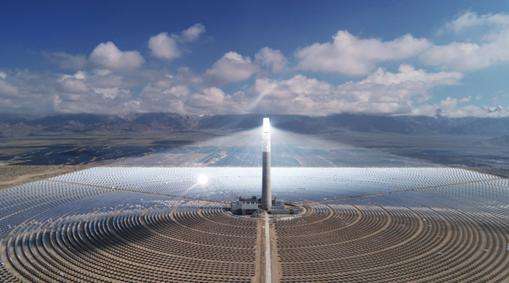When replacing the water turbine generator cooler, you should pay attention to the following points:
1. Safety first: Before carrying out replacement work, make sure the generator is in a shutdown state and take necessary safety measures, such as turning off the electricity, stopping the water supply , etc., to avoid accidents.
2. Preparation work: Prepare the required tools and spare parts in advance and ensure that the new cooler matches the original cooling system.
3. Cleaning work: Before dismantling the old cooler, make sure the water in the cooling system has been drained and clean the area around the cooler to avoid contamination and blockages.
4. Disassembly and Installation: Depending on the specific cooler model and manufacturer's instructions, disassemble the old cooler and installInstall the new cooler in the correct order. Be sure to use the correct gaskets and fasteners during installation to ensure the cooling system functions properly.
5. Testing and debugging: After completing the replacement of the cooler, restart the generator and perform necessary testing and debugging to ensure the normal operation and effect of the cooling system.
6. Maintenance and maintenance: After replacing the chiller, regularly check the working status of the cooling system and carry out maintenance and servicing in accordance with the generator manufacturer to ensure long-term stable operation of the cooling system.
What is the impact of discharging the hydrogenerator on the unit?
Disassemble the engine step by step: 1. Remove the engine from the chassis and drain the water and oil. in the water tank. , turn off the tank switchsee car fuel; 2. Remove the oil pump and oil pipe gasket. 3. Remove the power cord and wires from the generator. 4. Remove the water tank inlet pipe, connecting nuts and bolts; and pins, etc. Remove the water tank and chassis; 5. Remove the hood and fenders; 6. Remove all accessories from the engine: air filter, carburetor, oil filter, fuel pump, water pump distributor, generator, starter, air compressor and oil pressure sensor. , etc. ; 7. Remove the gearbox and flywheel housing, gearbox rear handbrake, connecting flange and driveshaft nuts, etc. 8. Use a sling to disassemble the gearbox assembly; 9. Remove the clutch lever, splitter fork, drive shaft; , the engine support rod and the nuts of the front and rear supports; 10. Attachmentz the motor with a rope. 11. Use the motor bracket to hang it; The principle of engine disassembly: from accessories to main parts, from the outside to the inside. The process of disassembling the engine frame: 1. Drain the water and oil in the water tank, turn off the car fuel tank switch, and remove the gasket of the fuel pump oil pipe. oil. 2. Remove the power cord and remove it; the generator wires. Remove the water tank inlet hose and nuts throughout. Connection bolts and pins, etc. Remove the water tank and chassis; 3. Remove the hood and fenders, and remove the last set of engine accessories: air filter, carburetor, oil filter, fuel pump, water pump distributor, generator, starter, air compressor, sensor oil pressure. , etc. 4. In the cabin, remove the gearbox and the flywheel housing, the rear handbrakee of the gearbox as well as the nuts connecting the flange and the transmission shaft. Use a spreader to disassemble the transmission assembly; 5. Remove the clutch lever, splitter fork, drive shaft and engine mount; front and rear support frame rods and nuts; 6. When repairing the car, use a spreader to lift or suspend the engine.
The people above explained the phenomena and effects that occur during load shedding. In the case of one-sided load shedding, the load shedding is a test of the carrying capacity of the unit, which is mainly reflected in the carrying capacity of the unit. following:
1 According to the time stipulated by the state, whether the equipment can respond to the impact force carried by the unit under load discharge conditions, such as the torque of the main shaft in the; In the event of runaway, deformation of the rotor yoke and change ofsudden increase in bearing temperature. This also affects the crew.
2 The bearing capacity of the rotating parts of the hydraulic turbine is mainly reflected in the impeller; in this case, the question of whether the deformation of the wheel body can meet the requirements of the unit is also whether the deformation of the rider's body can meet the requirements of the unit The impact of the unit .
3 Water inlet parts: valves, pressure pipes, telescopic pipes, water diversion pipes When the load is discharged, the pressure carried by these parts is much higher than the value pressure during normal operation, especially for high. -head power plants, the water bell phenomenon caused by load shedding is another test for these components














